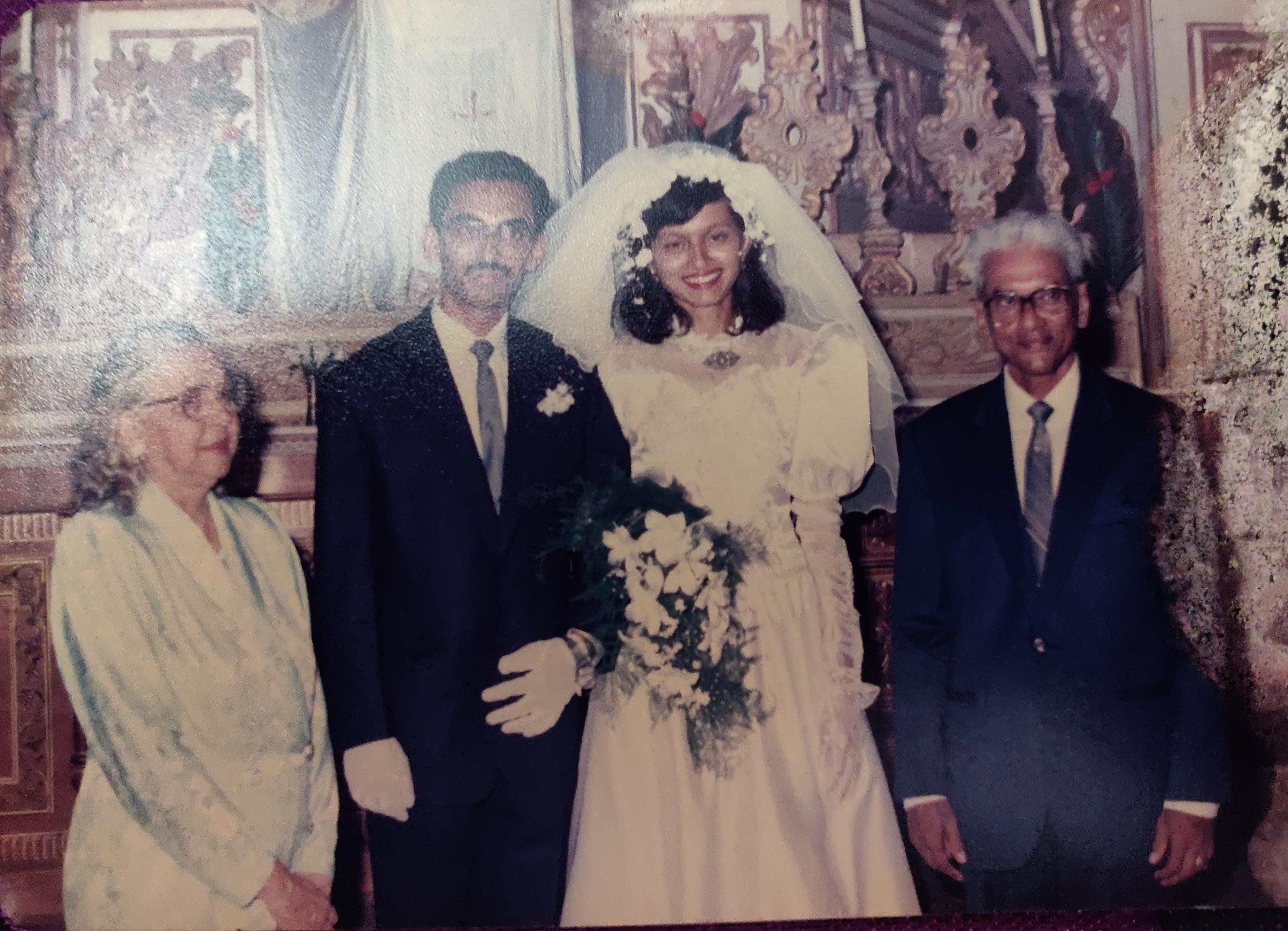A Distinguished Goan Scholar
After one has met a grand old man born just two decades after the Sepoy’s Mutiny, history cannot but look like a thing of the present. He migrated to Lisbon in the year of the Great Depression. He spent his post-retirement years in Goa and died several months after Portugal formally recognised the Indian takeover of his native land. He was a near-centenarian, but that is the least of his claims. He made history in more ways than one.

Dr. Mariano Saldanha (1878-1975) of Ucassaim was a physician-turned-indologist who studied history, language, literature, and culture. He was the nephew of Fr Gabriel de Saldanha, the author of the classic História de Goa. In 1905, he graduated in medicine and pharmacy from Goa’s iconic medical school. After a few years of professional practice, he left for Portugal to study Sanskrit under Mgr. Dalgado at the University of Lisbon. It was not unusual then for a man of science to show an interest in the humanities, but his was a total switch.

On his return in 1915, he taught Marathi and Sanskrit at the Panjim Lyceum and translated Kalidasa’s Meghaduta into Portuguese. In 1929, he was back in Lisbon, now a professor of Sanskrit at his alma mater. He proudly carried a message of friendship to the Portuguese people from Tagore, whom he visited in Shantiniketan. In 1946, he was appointed as the deputy director of Escola Superior Colonial’s Institute of African and Oriental Languages. He taught Konkani there until his superannuation in 1948.
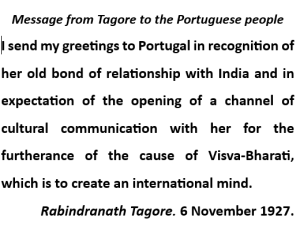 Ten years later, he returned to his family home. He enjoyed good health until the very end. His caretaker’s son Manuel Leitão remembers him as a dutiful Catholic with a caring heart. He was a regular reader of Portuguese, Konkani, and Marathi newspapers. Keen to establish high standards, he would red-mark the Konkani papers for the writers’ benefit. It is no wonder that his house became a centre of attraction for Goan journalists and researchers.
Ten years later, he returned to his family home. He enjoyed good health until the very end. His caretaker’s son Manuel Leitão remembers him as a dutiful Catholic with a caring heart. He was a regular reader of Portuguese, Konkani, and Marathi newspapers. Keen to establish high standards, he would red-mark the Konkani papers for the writers’ benefit. It is no wonder that his house became a centre of attraction for Goan journalists and researchers.
On the milestone anniversary of this distinguished scholar, we recall his precious contribution. Mariano Saldanha’s affinity to history and languages was evident from an early age. He pursued fundamental research in the Konkani language in Lisbon. He spent countless hours in libraries, archives, and museums, sifting through books and manuscripts with a scrupulous eye for the smallest clue.
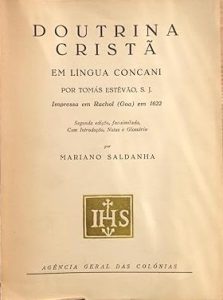
In 1945, Professor Saldanha produced an annotated facsimile edition of Thomas Stephens’ Doutrina cristã em língua concani (Christian doctrine in Konkani, 1622). In 1950, he unearthed sixteenth-century Konkani and Marathi manuscripts in Braga’s public library. The love of truth drove him forward not only to discover but also to share the fruits of his discovery. He did so even with his ideological dissenters, such as A. K. Priolkar.
In 1952, Saldanha was in Bombay as the president of the Fifth Konkani Parishad. Being a strong votary of Konkani in the Roman script, his address was published accordingly. Curiously, this is his only text written in Konkani. When he sensed the political winds of change, he began to emphasise Goa’s distinctiveness in the Indian subcontinent, through its language, Konkani; the Lusitanian influences on its culture; the roots of Western music; its pioneering printing endeavours, and its Christian Puranic literature.
After his death, his family gifted his large book collection to the Xavier Centre of Historical Research. His microfilms and manuscripts show his discipline and patience. He was a member of several academic bodies and published his writings in journals and newspapers. They depict him as a thorough academic researcher, an exacting reviewer, and a formidable polemicist.
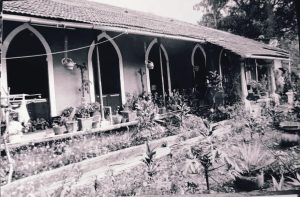
However, nothing prevented the good old bachelor from being patient with the youngsters. Maria Helena Saldanha de Santana Godinho told me of how she used to lap up information and pearls of wisdom from her granduncle. While, thanks to his prodigious memory, he recounted stories with ease, she happily fit those anecdotes about Akbar, Shivaji, and other Indian greats, in her school answers.
At age 6, this writer had an unforgettable first encounter with the then-nonagenarian professor. He had unveiled the bust of world-renowned oncologist Dr. Ernest Borges, his grandnephew, at Asilo Hospital, Mapuçá, and addressed the gathering. It was an emotional moment. After the ceremony, the Professor was asked if he would mind a slight delay in his ride home. His stern reply was, ‘Yes, I mind.’ But then, the delayed laughter said it all.
For their part, the citizenry today should mind that the memory of Goan notables is often taken for a ride. They deserve better from our civic, academic, and governmental bodies if we are to achieve a seamless transition from the past into the present.
Banner: Dr Mariano Saldanha delivering the presidential address at the Fifth Konkani Parishad, Bombay, 1952
This article was first published in Herald, Panjim, on Dr Mariano Saldanha's 50th anniversary of death, 23 Oct 2025
Magic Aunt Zita

When our best-loved aunt Zita left for her heavenly abode a year ago, we felt a light going out of our lives. There was darkness everywhere. She had been struck by a crippling illness for a considerable period, but magically, her own light never flickered; on the contrary, by her exemplary fortitude, she radiated still more light. I got the picture when I spent a day by her side, at her home in Curtorim, to recall the good old times and to especially thank her for all that she meant to us. In her last months, kith and kin she had not seen in a long time also had the fortune of meeting up with her.
Tia Zita spelt magic, in the positive sense of the term. She was cheery – that’s magic; she loved unconditionally – and that’s magic, too. What else could one wish for? You ask, what is the secret of all this? Her very life – lived less for self and more for others. Her unspoken motto was ‘Fazer o bem, sem ver a quem’: Doing good to all and sundry. At times she must have felt misunderstood, but she took it all in her stride, convinced that loving kindness conquers all!
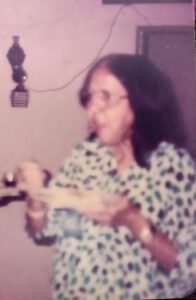
St Paul exhorted the New Christians to be, ‘like Christ, everything to everybody’. To some our aunt was the Sun, to others the Moon. She burnt strong and bright as the sun, and stood by her family like a rock; and like the moon, her soft side provided a cushion to the family’s generation-next in their difficult moments. She would make light of any problem and top it off with a delectable treat!
With that perfect balance she managed home and office. Her husband experienced her self-giving love for more than quarter of a century; colleagues at office and staff at home valued her understanding and jovial disposition. She generously gave of her time, especially to her mother, and of her money to those in need. Her easy smile would turn into peals of laughter, triggered by an upfront comment or some naïveté of yesteryear. With no children of her own, she was a mother to her nephews and nieces. It was in her nature to reach out to everyone, which won her the epithet ‘Mother of Mercy’!
She was a woman ahead of her times. She studied and worked in British India and then joined the state tourism and information bureau in the Goan capital. In the early 1970s – when hardly any lady in Goa dreamed of owning a two-wheeled motor vehicle – she would ride her Rajdoot scooter to her workplace in Margão. This spoke of her outgoing personality, her initiative, and of her daring, too, especially considering that she could neither start the bike nor park it securely: a man-servant at home and a peon at the office usually did the honours!
As the first manager of the government-owned tourist cottages in Farmagudi, she once played host to our bachelor statesman Vajpayee, then a foreign minister. He praised her penchant for landscaping, while our aunt quite naturally engaged in repartee reflecting the Goan joie de vivre. All of which must have got our poet-minister to pen a verse or two!
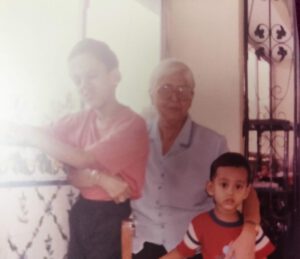
Aunt Zita herself was not an armchair tourist; impelled by the travel bug, that slim and fair-skinned lady, who was always in step with fashion, crisscrossed India and some countries in Europe, with a relative or a friend. And after having been a ‘tourist’ all her life, in the two decades of her retirement she was essentially a ‘pilgrim’ who daily went to church for Mass and was engaged in charitable activity.
Several years earlier, a critical tryst with illness, which she was healed of thanks to a non-surgical intervention by the saintly Dr Ernest Borges, had been a turning point in her life. But her final test came during the Holy Week last year: she lay in the hospital bed – her purgatory on earth – her sweet visage reflecting Christian resignation vis-à-vis that inescapable moment of reckoning.

It is a moral certainty that Tia Zita is now in the Beatific Vision. And most certainly, too, none of what has been said here will be of importance to her; it rather will make us all the difference to realize that her life was an echo of this touching quote: ‘I shall pass through this world but once. Any good therefore that I can do or any kindness that I can show to any human being, let me do it now. Let me not defer it or neglect it, for I shall not pass this way again’ – which could well be a way for us – who are not of this world – to look forward to the treasure that awaits us in Heaven.
(Herald, 27 March 2009)
Banner pic: Isabel and I, flanked by T. Zita and T. Francisquinho, Neura, 13 May 1994

